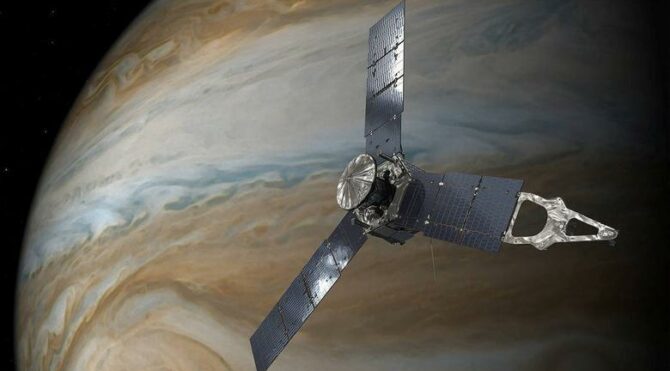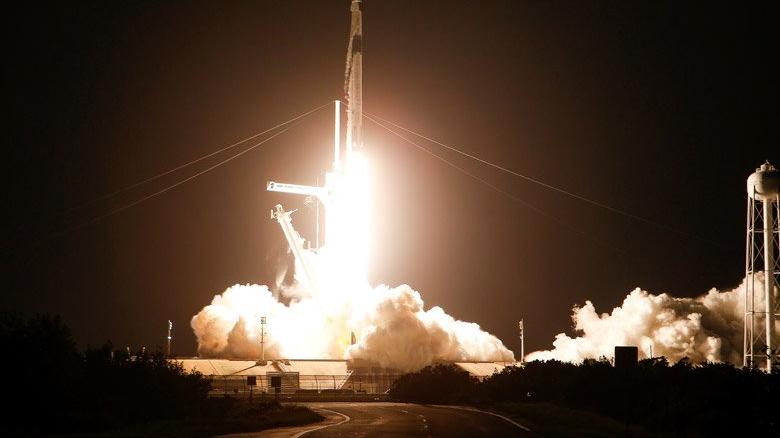The mission, called Europa Clipper, is designed to fly 45 times near Jupiter’s moon Europa. Scientists believe that a global ocean lurks under Europa’s icy crust, and that alien life could thrive at the depths. In this percentage, NASA announced that it decided to put Europa under investigation, set a date for the mission, and signed a contract with SpaceX for 178 million dollars.
The main purpose of the Europa Clipper is to determine whether Europa can host life. It aims to take high-resolution images of the lunar surface, plot the composition and thickness of its icy crust, search for lakes below the surface, and measure the depth and salinity of the ocean.
The spacecraft can even fly through clouds of water vapor emanating from Europa’s ice. Scientists think the water comes from the ocean and may contain signs of life.
NASA’S FAVORITE SPACEX
SpaceX, founded by Elon Musk in 2002, does not study other planets, but NASA often tries to give the company an opportunity. SpaceX’s Crew Dragon spacecraft flew NASA astronauts to the International Space Station last year. For the first time since the end of the Space Shuttle Program in 2011, the United States launched its own astronauts.
In April, NASA awarded SpaceX a contract to convert the Starship megarocket under development into a lunar lander. The agency said Starship is ready to land astronauts on the Moon in 2024. This will be the first manned Moon landing since the Apollo missions ended in 1972.
The bond between NASA and SpaceX is also not easy; The space company’s competitors are pretty strong. Blue Origin and Dynetics had previously contested agreements between NASA and SpaceX and managed to halt missions. Still, SpaceX managed to get the new Europa Clipper contract.




